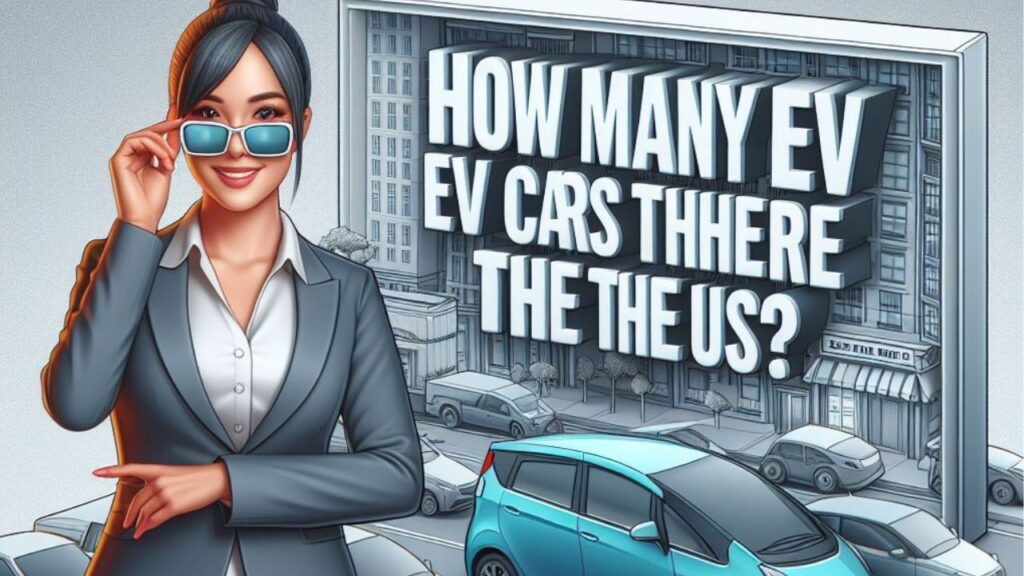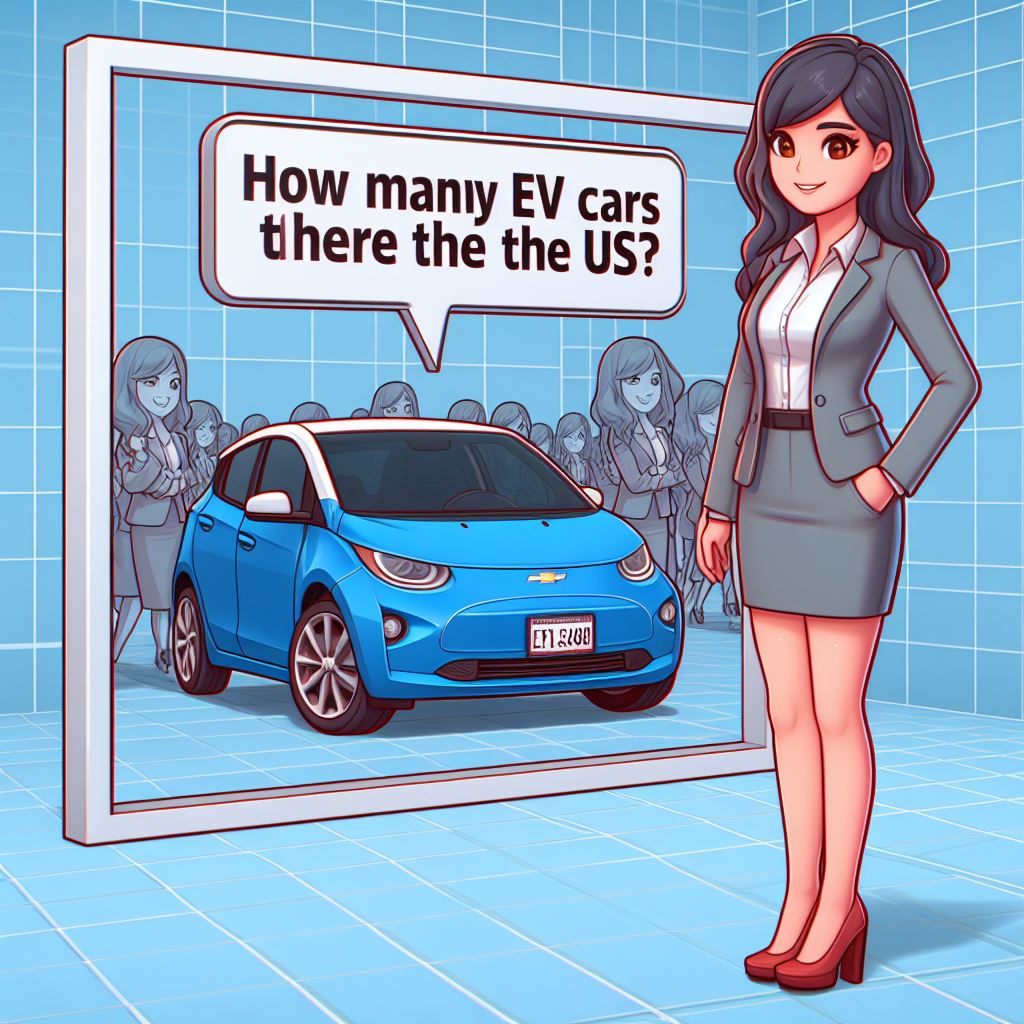
Tata Tigor EV: A Stylish and Sustainable Ride for the Eco-Conscious Drive
Electric Car Insurance: Powering Up Your Peace of Mind |0292
Electric vehicles (EVs) are quickly changing the auto scene in the US. With worries about environmental change and rising fuel expenses, an ever increasing number of drivers are thinking about the change to electric.
Yet, what number of EVs are out and about in the US today? This blog entry digs into the present status of EVs in the US, investigating the quantity of electric vehicles, factors driving their development, and what’s on the horizon for this thrilling innovation.
Measuring the Charge: The Quantity of EVs in the US
While there’s no single conclusive source, a few dependable evaluations paint a reasonable picture. Starting around 2024, specialists propose there are roughly 2.4 to 2.5 million electric vehicles enrolled in the Unified States. This number envelops both battery electric vehicles (BEVs) – which depend exclusively on power – and module crossover electric vehicles (PHEVs) – that offer a blend of electric and gas power.
Here is a breakdown of a few secret weapons:
- Insuranceopedia: Evaluations over 2.5 million electric vehicles on US streets (counting BEVs and PHEVs).
- Edmunds: Reports over 2.4 million enrolled EVs in 2022 in view of US Division of Energy information.
- Detonating Topics: Refers to 2.44 million electric vehicles enrolled in the US.
While the specific figure could fluctuate somewhat, it’s clear that EVs are building up some momentum in the US market.

Controlling Up the Development: Variables Driving EV Reception
A few elements are adding to the rising number of EVs on US streets:
- Ecological Concerns: Environmental change is a major problem, and purchasers are progressively mindful of the natural advantages of EVs. EVs produce zero tailpipe outflows, essentially diminishing their carbon impression contrasted with gas fueled vehicles.
- Government Incentives: Bureaucratic and state legislatures offer different impetuses to support EV reception. These incorporate tax reductions, refunds, and exclusions from carpool path limitations.
- Falling Battery Costs: Battery costs, a main consideration impacting EV reasonableness, have been consistently declining lately. This pattern makes EVs more open to a more extensive scope of customers.
- Mechanical Advancements: Battery reach and it are continually improving to charge framework. EVs currently brag longer ranges and quicker charging times, tending to two critical worries for likely purchasers.
- Expanded Model Selection: Automakers are offering a more extensive assortment of EV models across various costs and body styles. This takes care of different shopper inclinations and requirements.
- Lower Working Costs: While the forthright expense of an EV may be higher, they offer huge reserve funds on fuel and upkeep after some time. Power is by and large less expensive than gas, and EVs require less support because of less moving parts.
These variables consolidated are making a powerful coincidence for EV reception, with the quantity of EVs on US streets expected to consistently continue to rise.
Planning the Charge: Geographic Dispersion of EVs
The dispersion of EVs across the US isn’t uniform. A few states are driving the charge in EV reception:
- California: The undisputed pioneer, bragging the largest number enrolled EVs – surpassing 900,000 – and the most noteworthy EV reception rate, with approximately 1 out of 50 enlisted vehicles being electric. Factors like stricter discharge guidelines and strong charging framework add to this predominance.
- Other Driving States: States like Florida, Texas, Washington, and New Jersey likewise show solid EV reception rates, logical impacted by government motivating forces and an emphasis on manageability.

While certain states are driving the way, others are getting up to speed. Government and state drives mean to grow charging framework and give more extensive admittance to EVs, preparing for an all the more geologically adjusted EV biological system later on.
Charging Ahead: Difficulties and Potential open doors in the EV Scene
Notwithstanding the positive patterns, there are difficulties to defeat for proceeded with EV development:
- Range Anxiety: Worries about running out of force prior to arriving at a charging station persevere for a few likely purchasers. Tending to this requires further improvement of long-range batteries and a denser charging organization.
- Charging Infrastructure: While charging framework is improving, it’s not yet as omnipresent as service stations. Growing public and private charging choices is critical for more extensive EV reception.
- Forthright Cost: Regardless of cost decreases, EVs can in any case be more costly than gas controlled vehicles forthright. Proceeded with battery cost decreases and government impetuses are important to overcome this issue.
- Customer Awareness: Bringing issues to light about the advantages of EVs and scattering legends encompassing their common sense is fundamental to support more extensive reception.
Tending to these difficulties presents energizing open doors for development and development in the EV market. Interests in battery innovation, charging framework, and purchaser training will be vital to defeating these obstacles and pushing EVs further into the standard.
The Street Ahead: The Fate of EVs in the US (Proceeded)
The fate of electric vehicles in the US shows up brilliant. Here is a brief look into what we can anticipate:
- Dramatic Growth: Specialists foresee a huge expansion in the quantity of EVs on US streets before very long. Gauges propose there could be somewhere in the range of 30 to 42 million EVs by 2030, as per the Public Environmentally friendly power Research center.
- Innovative Advancements: Battery innovation is supposed to keep improving, prompting longer ranges, quicker charging times, and possibly lower costs. Also, progressions in self-driving innovation could additionally upgrade the EV experience.
- Broadening of Options: The assortment of EV models accessible will keep on extending, taking care of various requirements and spending plans. From minimized vehicles and SUVs to superior execution vehicles and trucks, purchasers will have a more extensive scope of decisions than any time in recent memory.
- Brilliant Charging Matrix Integration: EVs could assume a urgent part in making a more astute and more maintainable power framework. Bidirectional charging, where EVs can take care of force once more into the lattice during top interest periods, can possibly alter energy the executives.
- Natural Impact: As the quantity of EVs builds, their effect on the climate turns out to be more huge. Diminished ozone depleting substance outflows and cleaner air quality are supposed to be significant advantages of inescapable EV reception.

Nonetheless, the fate of EVs isn’t without its vulnerabilities. Here are a few variables to consider:
- Government Policy: Government approaches with respect to outflows guidelines, charge impetuses, and foundation ventures will altogether affect EV reception. Proceeded with help from administrative and state legislatures will be vital for supported development.
- Natural substance Availability: The development of batteries depends on specific unrefined components. Guaranteeing an economical and moral store network for these materials will be fundamental for the drawn out practicality of EVs.
- Buyer Behavior: Purchaser inclinations and discernments will keep on molding the EV market. Conquering range uneasiness and tending to worries about forthright costs will require continuous endeavors.
Regardless of these vulnerabilities, the possible advantages of EVs are obvious. As innovation progresses, costs lessening, and foundation improves, EVs are ready to turn into the prevailing method of transportation in the US and all around the world.
End: Riding the Rush of Progress
The electric vehicle upset is well in progress in the US. With a developing number of EVs out and about, the positive natural and financial effects are turning out to be progressively obvious. While challenges stay, the fate of EVs is hopeful.
Proceeded with development, foundation improvement, and steady strategies will impel this innovation further into the standard, molding a cleaner and more economical transportation scene for a long time into the future.
This blog entry has given a complete outline of the present status and future possibilities of EVs in the US. Whether you’re an inquisitive shopper or an industry proficient, understanding this quickly developing space is critical. As the electric upset builds up speed, remain tuned for additional improvements that will without a doubt reshape the manner in which we travel.
